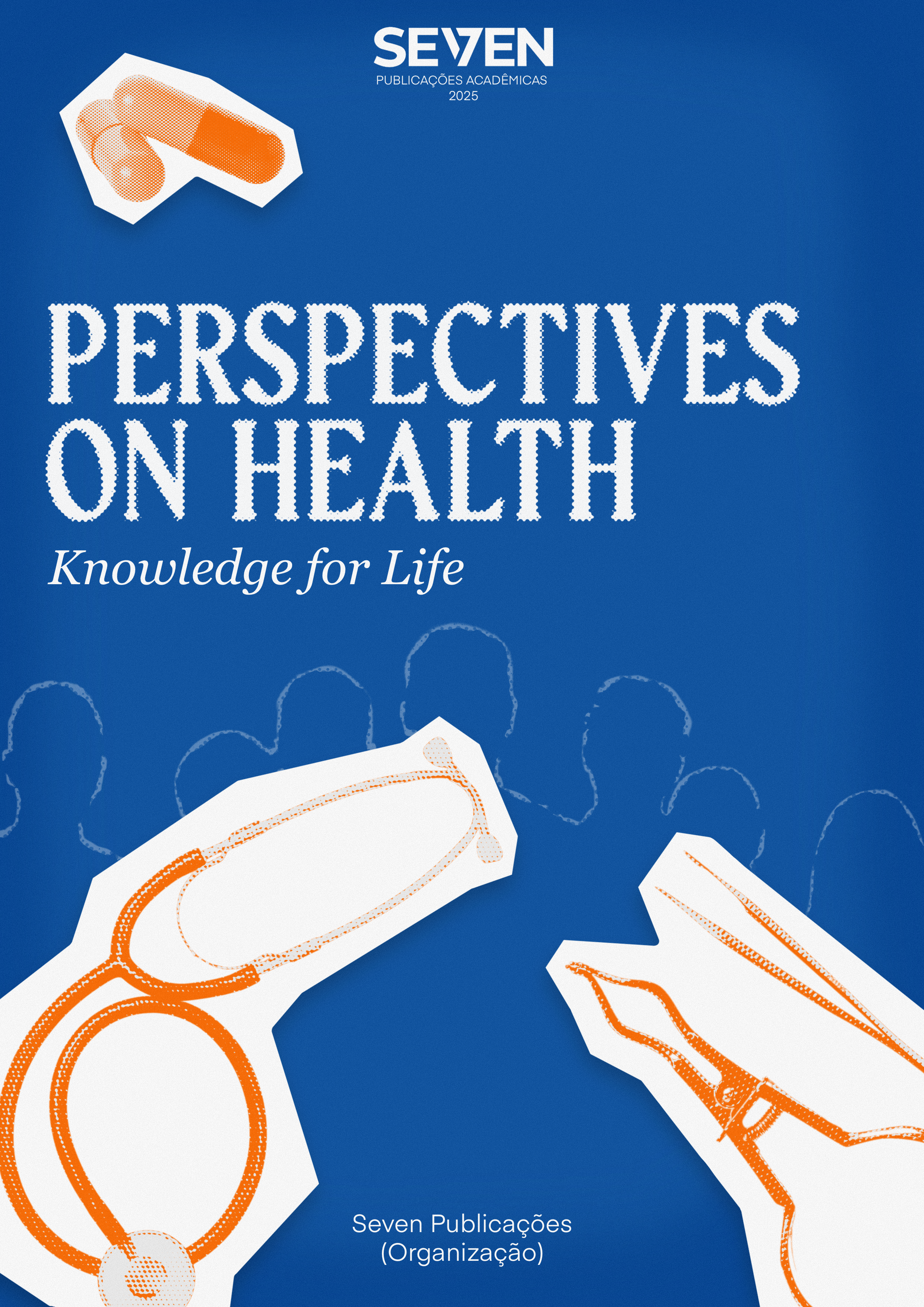BRIDGING DISCIPLINES FOR HEALTH INNOVATION: ENHANCING COLLABORATION IN TRANSLATIONAL MEDICINE
Keywords:
Translational Medicine, Interdisciplinary Collaboration, Knowledge Translation, Biomedical Innovation, Stakeholder IntegrationAbstract
Translational medicine holds the promise of accelerating the conversion of scientific discoveries into practical health solutions. However, interdisciplinary collaboration—particularly among basic researchers, clinicians, and industry stakeholders—remains fraught with challenges that often hinder this progress. This study aims to explore the underlying barriers that impede effective synergy among these actors and to identify strategies that facilitate productive interdisciplinary engagement. A qualitative research design was employed, utilising an interpretive phenomenological approach to gain in-depth insights into stakeholder experiences. Data were collected through semi-structured interviews with representatives from academia, clinical practice, and biomedical industries across multiple institutions. Thematic analysis was applied to examine patterns, tensions, and convergence points within the collaborative processes. The findings reveal that key obstacles to collaboration include misaligned timelines, epistemological differences, incompatible reward structures, communication gaps, and limited awareness of regulatory and commercialisation pathways. Despite these hurdles, several successful models emerged, such as cross-sector leadership roles, shared project governance frameworks, integrated data platforms, and co-designed protocols. These approaches enabled greater trust, transparency, and outcome alignment. The study concludes that interdisciplinary synergy in translational medicine is not simply a matter of co-location or shared goals but depends on intentional systems of coordination, mutual literacy, and translational leadership. Future research should explore longitudinal effects of embedded collaboration models and develop metrics to evaluate interdisciplinary effectiveness across translational pipelines.
Downloads
Published
Issue
Section
License

This work is licensed under a Creative Commons Attribution-NonCommercial 4.0 International License.





